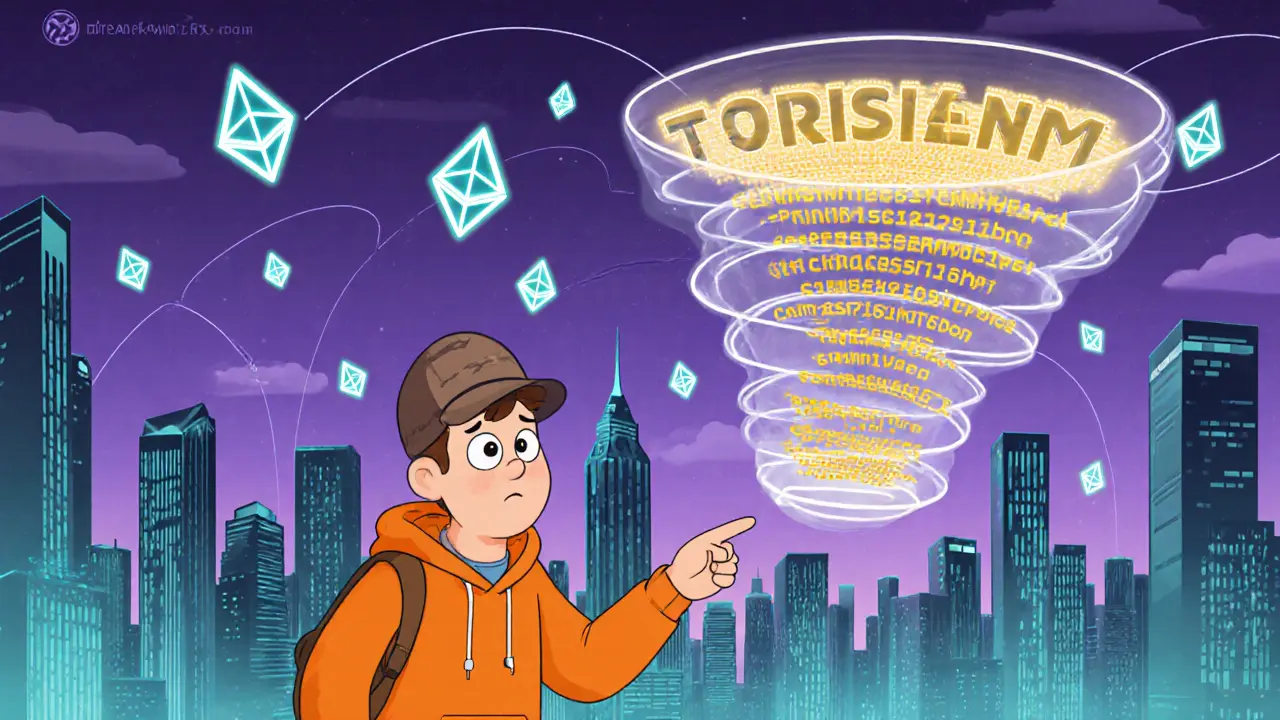zk‑SNARKs Explained: From Theory to Everyday Crypto Use
When working with zk‑SNARKs, a cryptographic proof system that lets you verify a statement without exposing the underlying data. Also known as Zero‑Knowledge Succinct Non‑Interactive Argument of Knowledge, it enables privacy‑preserving identity verification and cuts down on on‑chain data size. In plain terms, zk‑SNARKs give you a tiny proof you can attach to a transaction, and the network can check it instantly without learning anything else. That speed and tiny footprint make them a go‑to tool for privacy‑focused wallets, anonymous voting, and fast Layer‑2 rollups.
Key Building Blocks Around zk‑SNARKs
The first related concept you’ll hear is zero‑knowledge proofs, methods that let a prover convince a verifier that a statement is true without revealing why. zk‑SNARKs are a specialized, non‑interactive subset of these proofs, meaning they need only one message from prover to verifier. This makes the verification step almost instantaneous and the proof size a few hundred bytes—perfect for blockchains where every byte costs gas. Another crucial entity is privacy‑preserving identity verification, systems that confirm a user’s credentials without storing personal data on chain. By embedding zk‑SNARKs into identity checks, platforms can prove you own a wallet or meet an airdrop criterion without ever publishing your address history.
Beyond privacy, zk‑SNARKs impact blockchain scalability, the ability of a network to process more transactions while keeping costs low. When a rollup batches thousands of transactions into a single proof, the main chain only needs to verify one zk‑SNARK instead of each individual transfer. This reduces data load and opens the door for high‑throughput DeFi apps that still respect user confidentiality. In practice, you’ll see zk‑SNARKs powering private token transfers, shielded NFTs, and even confidential lending markets where lenders never see borrowers’ balances.
DeFi platforms, NFT marketplaces, and cross‑chain bridges all benefit from these proof systems. For example, a decentralized exchange can let traders submit an order proof that shows they have enough funds, without broadcasting their entire balance. An NFT minting event can verify that a wallet holds a required token without revealing the holder’s other assets, cutting down on spam and front‑running. These real‑world uses tie back to the articles you’ll find below—whether it’s a guide on privacy‑preserving identity verification, a deep dive into airdrop safety, or reviews of exchanges that support zk‑SNARK‑based privacy features.
Ready to see how zk‑SNARKs shape the crypto landscape? Below you’ll discover practical guides, exchange reviews, and security analyses that all intersect with the concepts discussed here. Dive in to see which tools leverage zk‑SNARKs for privacy, how they can boost scalability, and what you need to watch out for when using them in real‑world applications.
Tornado Cash Explained: How Transaction Mixing Works, Privacy Benefits, and Regulatory Impact
Learn how Tornado Cash mixes crypto transactions, its cryptographic core, regulatory saga, market stats, and best practices for safe use.
